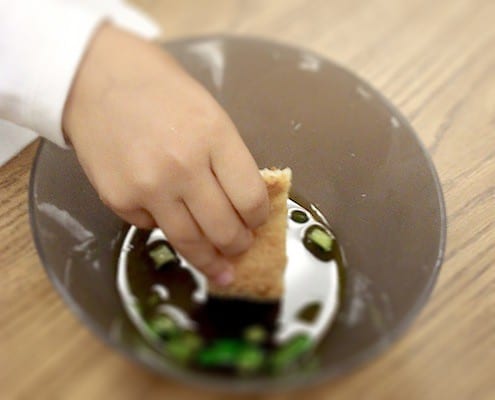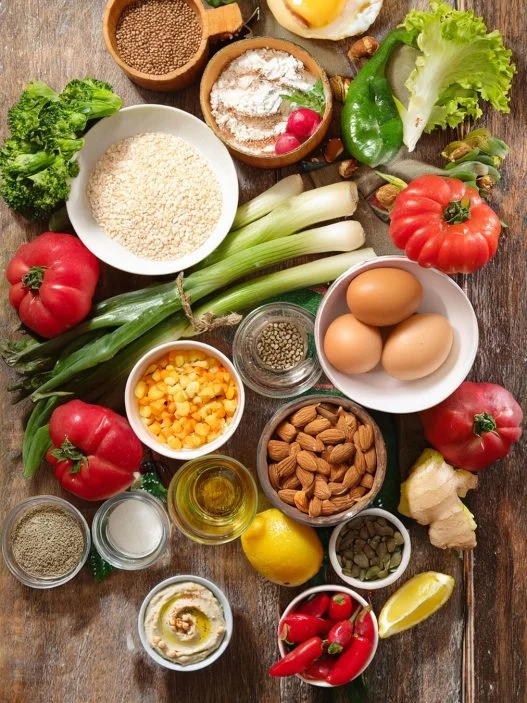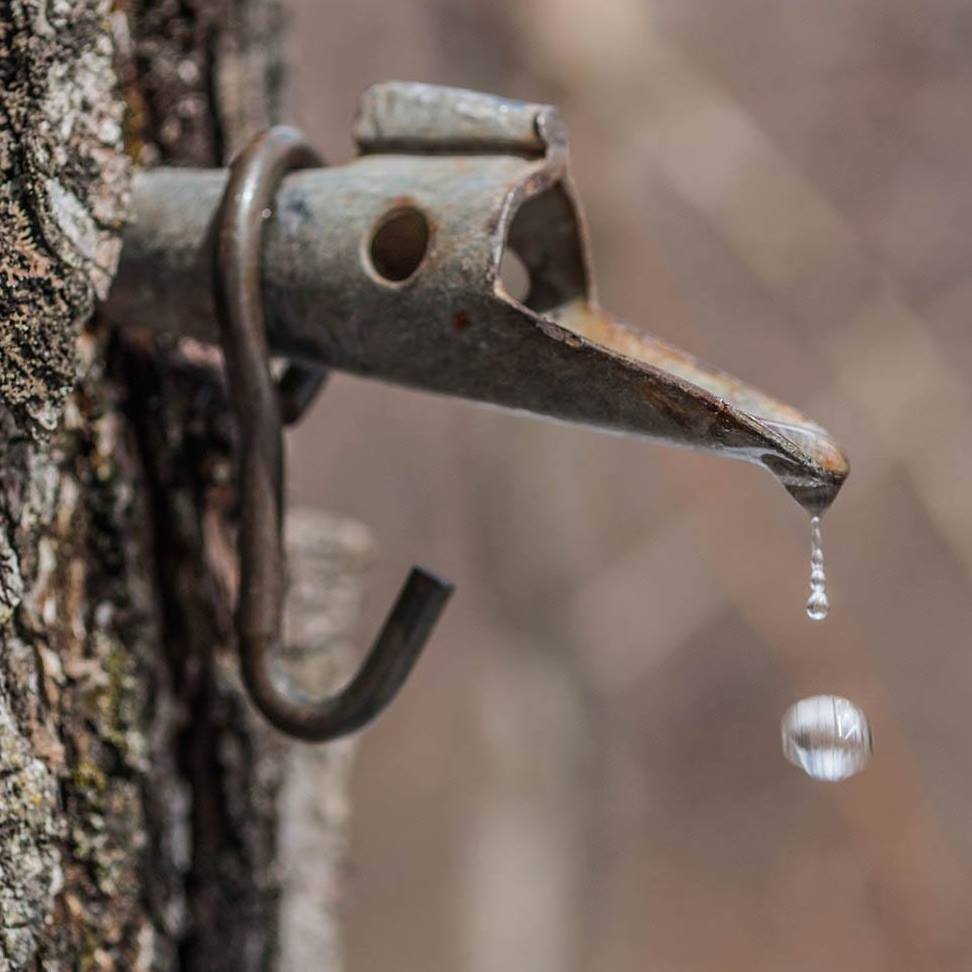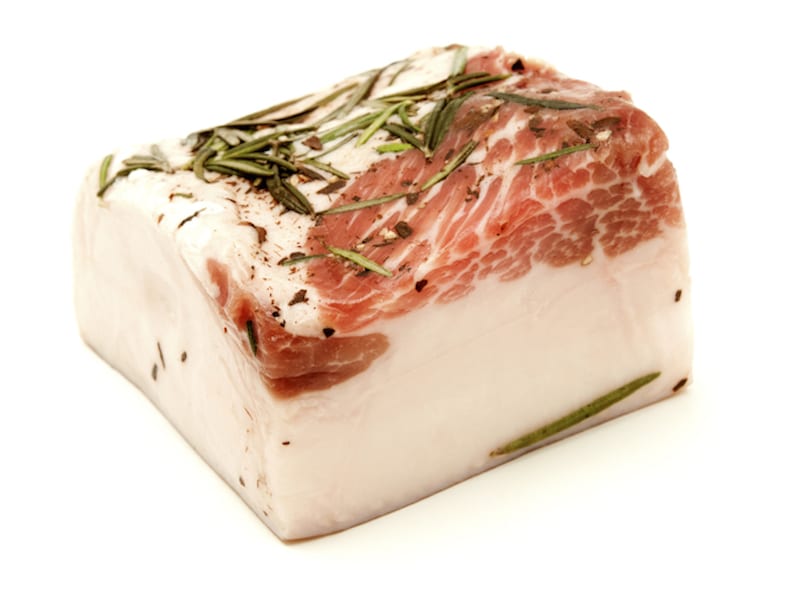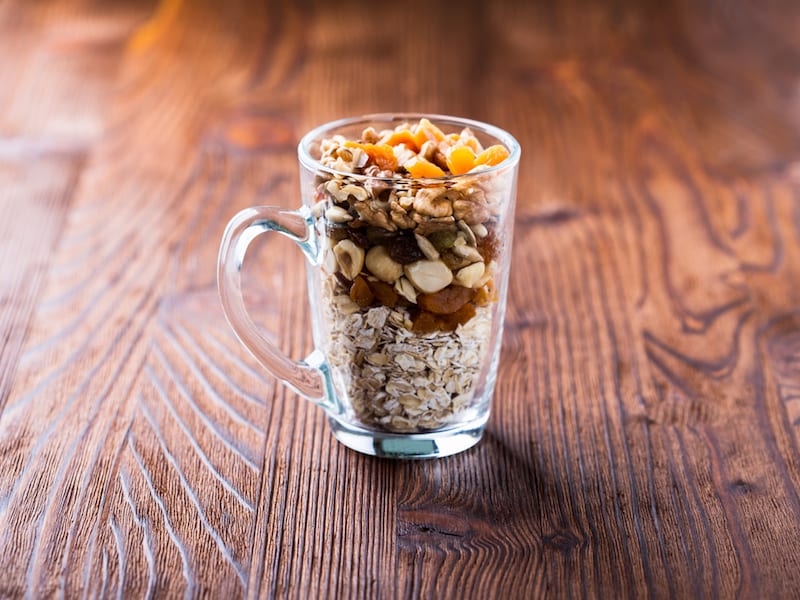Garlic’s growing timeline can feel like an eternity for a kindergarten class. But there’s light at the end of the tunnel.
By Erin Taylor
Garlic’s growing timeline can feel like an eternity for a kindergarten class. Mrs. Meyer’s class planted their cloves in early November. In groups of three or four the tiny shivering students, who at the time were only a few months into their formal schooling, dug holes, planted, watered, and mulched. Then they agreed on names for their infant plants and marked the locations of their buried booty on a map. The girls chose simple names like Garlie and Emily. The boys paid tribute to their heroes, dubbing their garlics Batman and Freeze Ray Man. A coed group compromised with Super Michael. After a final pat of the soil, the children scurried inside for the winter and let nature take over.
Mrs. Meyer and her students returned to the garden on St. Patrick’s Day. They searched for the green treasures that were just beginning to poke up through the blanket of hay still covering the cold ground. I had trouble finding the tiny garlic sprouts, and warned the kids that I was giving them a challenge, but they found Emily, Garly, Batman, Freeze Ray Man, and Super Michael nestled in the mulch within minutes.
Now the last day of school is upon us and the garlic leaves, which turn brown when the bulbs are ready for harvest, are only just beginning to yellow at the tips. Fortunately for Mrs. Meyer’s students, the bulb is not garlic’s only offering. A week ago they returned to a much changed and much sunnier garden to harvest the garlic scapes. “Which part of the plant do you think this is?” I asked them. The twenty or so almost-first-graders had matured almost as much as their garlic plants in the months since that first garden visit.
“A stem?” asked Ashley.
“Exactly!” I beamed, “Now here’s a tricky question, if we didn’t pick this what part do you think would grow out of the end next?”
“Umm, maybe a flower?” suggested Gregory. With that brilliant display of botanical knowledge we set out to transform the garlic “stems” into the day’s snack.
I chopped the scapes and dropped them into a mortar and pestle. Then the kids showed off the many ways they had learned to count as we passed the tool around the classroom. We counted by twos, fives, tens, and backwards. By the time every student had a turn the room smelled like an Italian restaurant. While the kids returned to their tables, I stirred in some olive oil and divided the garlicy mixture into plastic dipping bowls. Mrs. Meyer passed out chunks of semolina bread from a local bakery. The students’ wide eyes and raised eyebrows matched my rumbling stomach. We had waited seven months, watched the garlic cloves sprout and grow into tall slender alliums, and let the scapes form. But the fragrant oil and the beautiful bread made the last five minutes of anticipation feel almost as long as the entire winter.
As soon as the kids started eating, calls for seconds and complaints about double-dipping filled the room. “How does it taste to you?” I asked one table after another.
“Yummy” said Lia.
“Delicious” said Jameson.
“It has an aftertaste like throwup” said Jadyn.
“Can I please have some more?” squeaked Ashley, who has perhaps the highest pitched voice I have every heard.
“It tastes garlicy,” one wise kindergartener observed.
“I like the taste but it’s too oily,” explained a child with a particularly sophisticated pallet.
While the garlic scape oil was clearly not for Jadyn, most of the students whined with gusto when we limited them to two servings. Teachers who got their hands on the leftovers requested garlic scape oil for the end of year staff party. A first grade class made herbed oil to dress spinach and arugula a few days later and had similar results.
The mortar and pestle let the kids get their muscles involved in the “cooking” and worked up an aroma that made even some finicky eaters eager to taste their creation. A makeshift version of this ancient tool– like a bowl and the back end of a wooden spoon– will work almost as well as the real thing if you want to try it at home. If you’re in it for the herbed oil more so than the elbow grease, a food processor, blender, or even a zester for the garlic will cut the prep time (although you would lose the opportunity to practice counting). Whatever equipment you choose, this recipe is a great way to ease kids into the strong flavors of herbs and garlic, and to enjoy some early summer freshness.
PrintGarlic Scapes Oil
- Total Time: 10 minutes
- Yield: 8-10 1x
Ingredients
- 2 or 3 Garlic scapes, chopped coarsely (or 1/4 cup of any combination of herbs you’d like to use)
- 1/2 cup of olive oil
- Salt and pepper to taste
Instructions
- Grind the garlic scapes or herbs in a mortar and pestle or food processor until they form a paste.
- Stir in oil, salt, pepper
- Eat as a dressing on greens or a dip on bread.
- Prep Time: 10 mins






